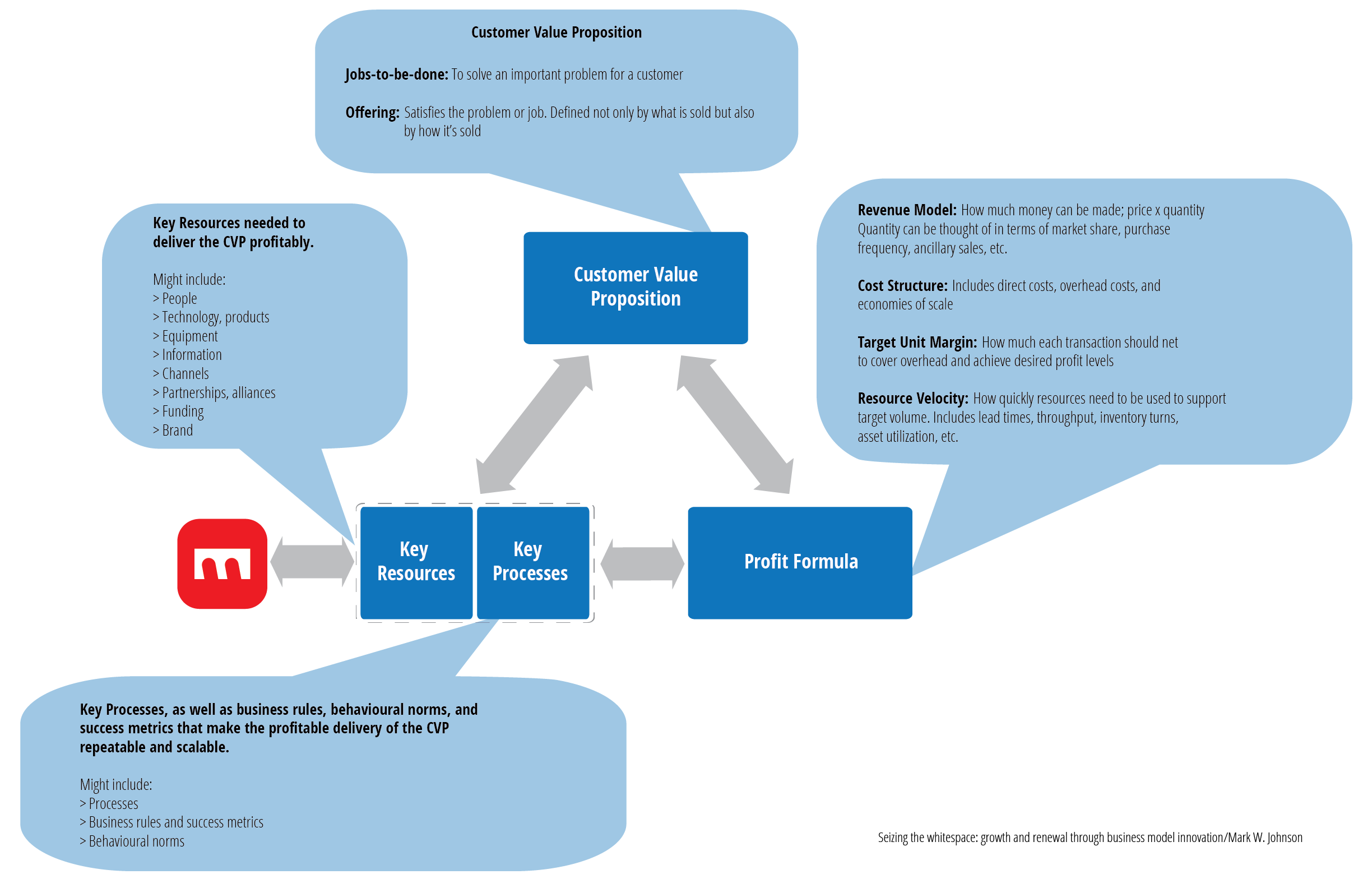Key Process Transformation?
There are a limited number of processes (management, operational and delivery) that are the foundation of your value proposition and competitive position in the market. If you don’t understand these, how they interact and support one another and continuously review and improve them, then you’re going to be caught in a race to the bottom of your market. Your profit margins will erode and your ongoing viability will be threatened.
mot-r plays a dual-role of supporting your Key Processes and being a Key Resource to ensure you can see and continuously improve your the processes that deliver your Value Proposition over time.

Supporting Evidence-based Management
Evidence-Based Management Practices Include:
- Face the hard facts, and build a culture in which people are encouraged to tell the truth, even if it is unpleasant.
- Be committed to “fact based” decision making -- which means being committed to getting the best evidence and using it to guide actions.
- Treat your organization as an unfinished prototype -- encourage experimentation and learning by doing.
- Look for the risks and drawbacks in what people recommend -- even the best medicine has side effects.
- Avoid basing decisions on untested but strongly held beliefs, what you have done in the past, or on uncritical “benchmarking” of what winners do.
"...the growing pile of studies on the human and financial costs of employee disengagement, management distrust, poor group dynamics, faulty incentive schemes and other preventable damage suggests a need for an evidence-based management movement. Some organizations are leading the way. It’s time for many more to follow suit."
Jeffrey Pfeffer & Bob Sutton: Trust the Evidence, Not Your Instincts
New York Times, September 3, 2011
